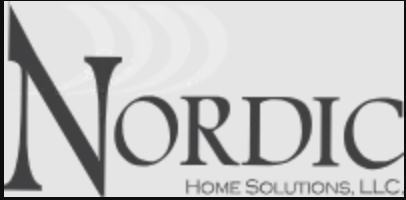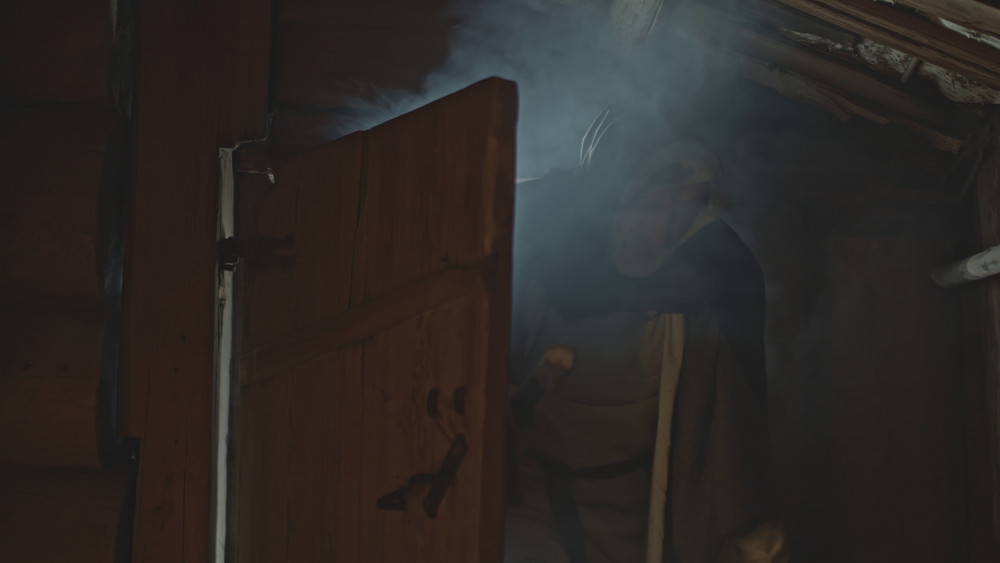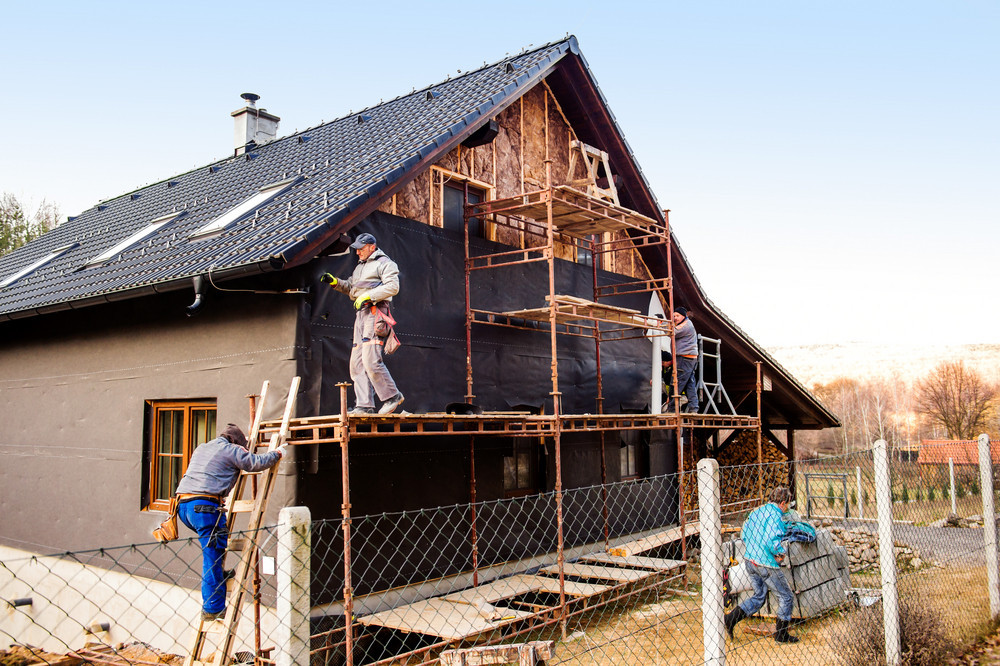How Proper Attic Insulation Improves Roof Efficiency, Lifespan, and Energy Savings
Snohomish, United States - October 17, 2025 / Nordic Home Solutions /
Highlights
- Proper attic insulation regulates temperature, reducing heat transfer and preventing roof damage from thermal stress.
- Insulation minimizes ice dam formation, moisture buildup, and condensation that can lead to structural decay.
- Balanced ventilation and insulation work together to improve energy efficiency and extend roof lifespan.
- Under-insulated attics cause higher utility bills and premature shingle deterioration due to excessive heat exposure.
- Upgrading insulation supports year-round comfort, reduces maintenance costs, and enhances roof performance.
Understanding the Connection Between Attic Insulation and Roofing Health
Attic insulation plays a crucial role in maintaining the overall health and longevity of a roof system. While roofing materials protect against external elements such as rain, snow, and ultraviolet radiation, insulation acts as the internal barrier that stabilizes temperatures beneath the roof deck. When insulation is inadequate or unevenly distributed, excess heat or cold air infiltrates the attic space. This imbalance accelerates roof aging by promoting expansion and contraction cycles that weaken shingles and underlayment layers. Properly insulated attics, on the other hand, maintain consistent temperatures, preventing structural strain and preserving the integrity of the roof over time.
How Heat Transfer Affects Roof Lifespan
In regions with hot summers, heat from the sun penetrates roofing materials and radiates into the attic. Without effective insulation, this trapped heat can reach temperatures exceeding 140°F, raising indoor cooling demands and softening asphalt shingles. Over time, this heat exposure leads to granule loss, curling, and reduced UV protection. In colder climates, the reverse effect occurs—warm indoor air escapes into the attic and melts snow on the roof. The resulting meltwater refreezes near the eaves, forming ice dams that block drainage and force water under shingles.
Preventing Moisture Damage Through Insulation
Moisture is one of the most common and destructive forces affecting roof systems. When warm air from inside a home rises and meets the cooler surfaces of an under-insulated attic, condensation forms. This trapped moisture promotes mold growth, wood rot, and corrosion of fasteners—all of which compromise roof structure. Insulation helps by maintaining a stable temperature differential, minimizing condensation on rafters and sheathing. Equally important is the presence of a vapor barrier, which prevents water vapor from migrating through ceilings and accumulating in the attic. Together, insulation and moisture control strategies safeguard not only the roof deck but also interior finishes and air quality.
The Role of Ventilation and Airflow Balance
While insulation prevents unwanted heat transfer, proper ventilation ensures that trapped air and moisture have a controlled escape path. The two systems must function together for optimal performance. A well-designed attic should include intake vents near the soffits and exhaust vents at or near the ridge, creating a natural airflow cycle. Without ventilation, even the best insulation can lead to heat buildup, reducing the roof’s lifespan. According to IIBEC, attic ventilation “serves two main functions: to lower attic temperatures and to remove excess moisture,” and when properly balanced (intake + exhaust), it helps protect roof deck temperature, minimize mold risk, and extend material durability.
Energy Efficiency and Indoor Comfort
The benefits of attic insulation extend beyond roof protection to encompass overall home energy efficiency. An adequately insulated attic stabilizes indoor temperatures, easing the load on heating and cooling systems. Homeowners in both warm and cold climates experience reduced energy bills and more consistent indoor comfort throughout the year. Additionally, insulation prevents drafts and cold spots, particularly in multi-story homes where heat naturally rises. In combination with reflective roofing materials, insulation enhances total building performance, making the home more sustainable and cost-efficient to operate over time.
Insulation Materials and R-Value Considerations
The effectiveness of attic insulation is measured by its R-value, which quantifies resistance to heat flow. Higher R-values indicate greater insulating power. Common materials include fiberglass batts, blown-in cellulose, and spray foam—each offering unique advantages. Fiberglass is affordable and widely available, while cellulose provides strong coverage and environmental sustainability. Spray foam offers superior air sealing and high R-values per inch but requires professional installation. The DOE recommends an attic insulation rating between R-38 and R-60 depending on regional climate. Selecting the right material and thickness ensures optimal energy performance and roof longevity.
Identifying Signs of Insufficient Attic Insulation
Several warning signs indicate that an attic may lack sufficient insulation. Homeowners might notice uneven indoor temperatures, unusually high energy bills, or visible ice dams in winter. Inside the attic, signs of trouble include exposed joists, moisture on rafters, or insulation compressed by improper storage. In some cases, insulation may have shifted or settled over time, leaving gaps that allow air leakage. Professional inspections can assess insulation coverage, thermal performance, and ventilation adequacy. Upgrading insulation before visible roof damage occurs helps prevent costly repairs and maximizes the roof’s designed lifespan.
Upgrading and Retrofitting for Long-Term Protection
Modernizing attic insulation is one of the most effective ways to extend roof life and improve energy performance simultaneously. Retrofitting older homes often involves adding additional insulation layers or sealing air leaks around ducts, vents, and wiring penetrations. Spray foam insulation can also be applied directly to roof decks in certain assemblies to improve air sealing and prevent condensation. A professional energy audit or infrared scan can identify areas of heat loss and help determine the most cost-effective upgrade path. These proactive improvements protect roofing systems from inside out, providing measurable long-term returns.
Environmental Benefits of Effective Insulation
Beyond comfort and cost savings, attic insulation contributes significantly to environmental sustainability. Reducing heat transfer lowers a home’s energy consumption, directly decreasing carbon emissions from heating and cooling equipment. According to the U.S. Department of Energy, improving insulation levels in U.S. homes could collectively reduce residential energy use by 10% or more nationwide. Additionally, insulation materials such as cellulose or recycled fiberglass help minimize waste by incorporating sustainable components. Investing in attic insulation thus supports both roof durability and broader environmental goals by reducing energy demand across the building’s lifecycle.
Practical Tips for Homeowners
Homeowners looking to improve their attic insulation should start by checking local energy codes and climate-specific recommendations. Attic access should be sealed with weather stripping to prevent air leakage, and insulation should not block soffit vents that promote airflow. Regularly inspecting the attic after extreme weather events helps identify moisture intrusion or pest activity early. Combining insulation upgrades with proper ventilation maintenance provides comprehensive protection for both the roof and the living space below. Partnering with certified roofing or energy-efficiency professionals ensures installation meets both safety and performance standards.
Extending Roof Life Through Thermal Balance
Attic insulation is far more than an energy-saving feature—it is a structural safeguard that directly influences roof longevity and performance. By regulating temperature, controlling moisture, and complementing ventilation, insulation creates a stable environment that reduces stress on roofing materials. Whether through upgrades, retrofits, or simple maintenance, maintaining proper insulation pays dividends in durability, comfort, and cost savings. A well-insulated attic keeps roofs stronger for longer, protecting the home beneath and the investment within.
Future Trends in Roofing and Insulation Efficiency
As building science continues to evolve, innovations in roofing and insulation technology are making homes more durable and energy-conscious than ever. Advanced materials such as phase-change insulation, integrated roof sensors, and reflective coatings are helping homeowners monitor thermal performance in real time. These advancements promise greater energy savings, improved indoor comfort, and reduced strain on roof structures. For homeowners, future attic upgrades will not only extend roof life but also contribute meaningfully to sustainability goals, reinforcing the vital connection between energy efficiency, home protection, and environmental responsibility.

Contact Information:
Nordic Home Solutions
127 Ave A UNIT 202
Snohomish, WA 98290
United States
Contact Nordic Home Solutions
https://www.nordicforthehome.com/


